How to move a tree: top tips for replanting trees and shrubs
If you want to find out how to move a tree or shrub read on for our easy guide to moving and replanting them
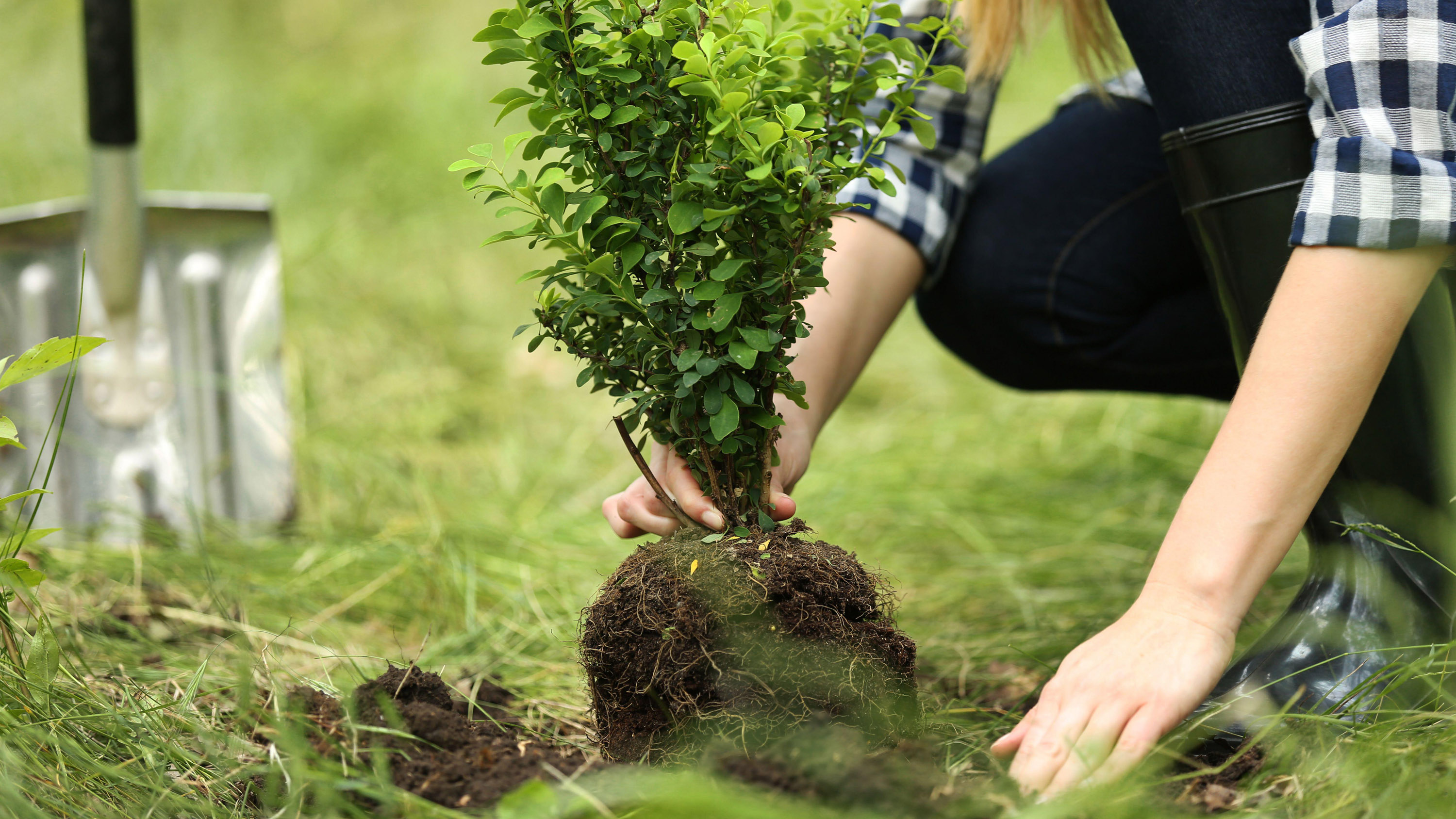

It seemed like a good idea at the time but now you need to find out how to move a tree or shrub that's in the wrong place. Gardening occasionally throws a spanner like this in the works.
You might have already chosen one of the best trees for small gardens and planted it in a position you think is perfect, but then realise a year or two down the line that it has outgrown its spot or simply never looked right there in the first place.
Luckily trees can easily be relocated if you do it at the right time of year. Young trees relocate better than more established ones though, which are trickier to move, especially if they've been in a spot for more than five years.
Where possible, always lift and replant in one go. Take care when moving trees and follow our tips on doing it the right way to improve your chances of success.
Planting a tree for the first time rather than moving one? Make sure you read our guide to planting bare root trees too.
WHEN IS THE BEST TIME TO REPLANT A TREE?
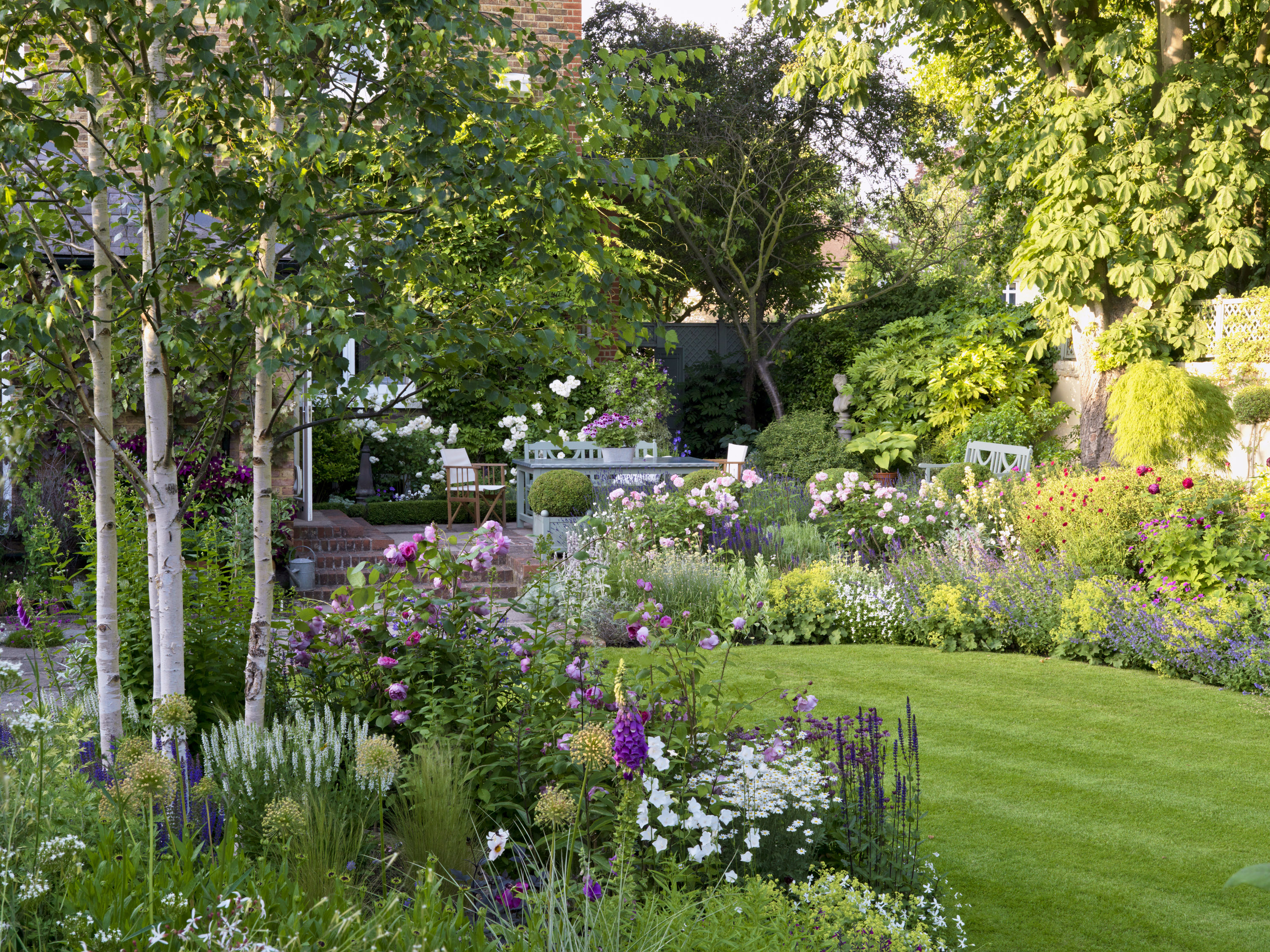
Sometimes you need to move trees and shrubs around if they've outgrown their space or you don't want them in that particular spot any more
The time of year is important when it comes to how to move a tree. Early spring (before growth begins) and autumn (after the leaves have dropped off) are the best time to transplant deciduous trees.
In the case of evergreens, the right time to do it is in early spring and late summer. If the ground is frozen it will be impossible to move trees in winter, assuming you can't get a spade in the hard ground anyway.
Meanwhile in summer if the weather is too hot this will put stress on the tree or shrub, causing it to wilt. So always check the type of tree or shrub before you do anything else.
Do the work on a mild day too. Dull weather with no wind is preferable so the roots don’t dry out while you’re transporting your tree to its new spot. One of the worst things you can do to a tree or shrub you’re moving is expose the roots, as it will cause stress.
HOW DO YOU DIG UP A TREE TO REPLANT IT?
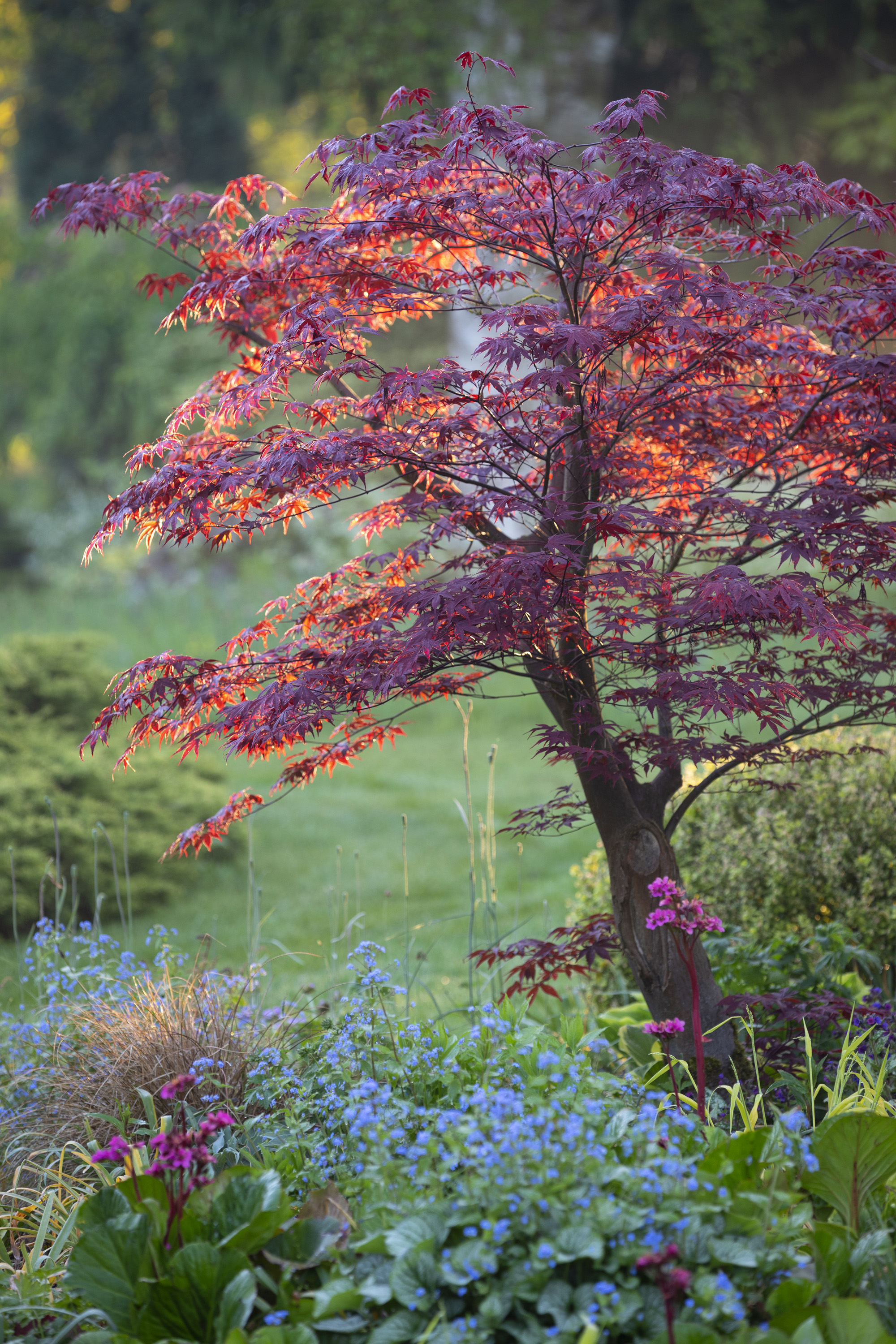
For the best chance of success, dig up and move a tree with a ball of moist soil still covering the root system. If the ground is dry, thoroughly water a couple of days before the planned move.
Using a spade, dig a trench around the tree then cut beneath the roots and around the bottom of the soil ball. Carefully put the soil ball onto a piece of sacking. Tightly wrap the sacking around the soil ball and secure with twine.
Want to make sure your garden spade is up to the job? You'll find our top picks in our best garden spades buying guide.
STEP-BY-STEP GUIDE: HOW TO MOVE A TREE OR SHRUB
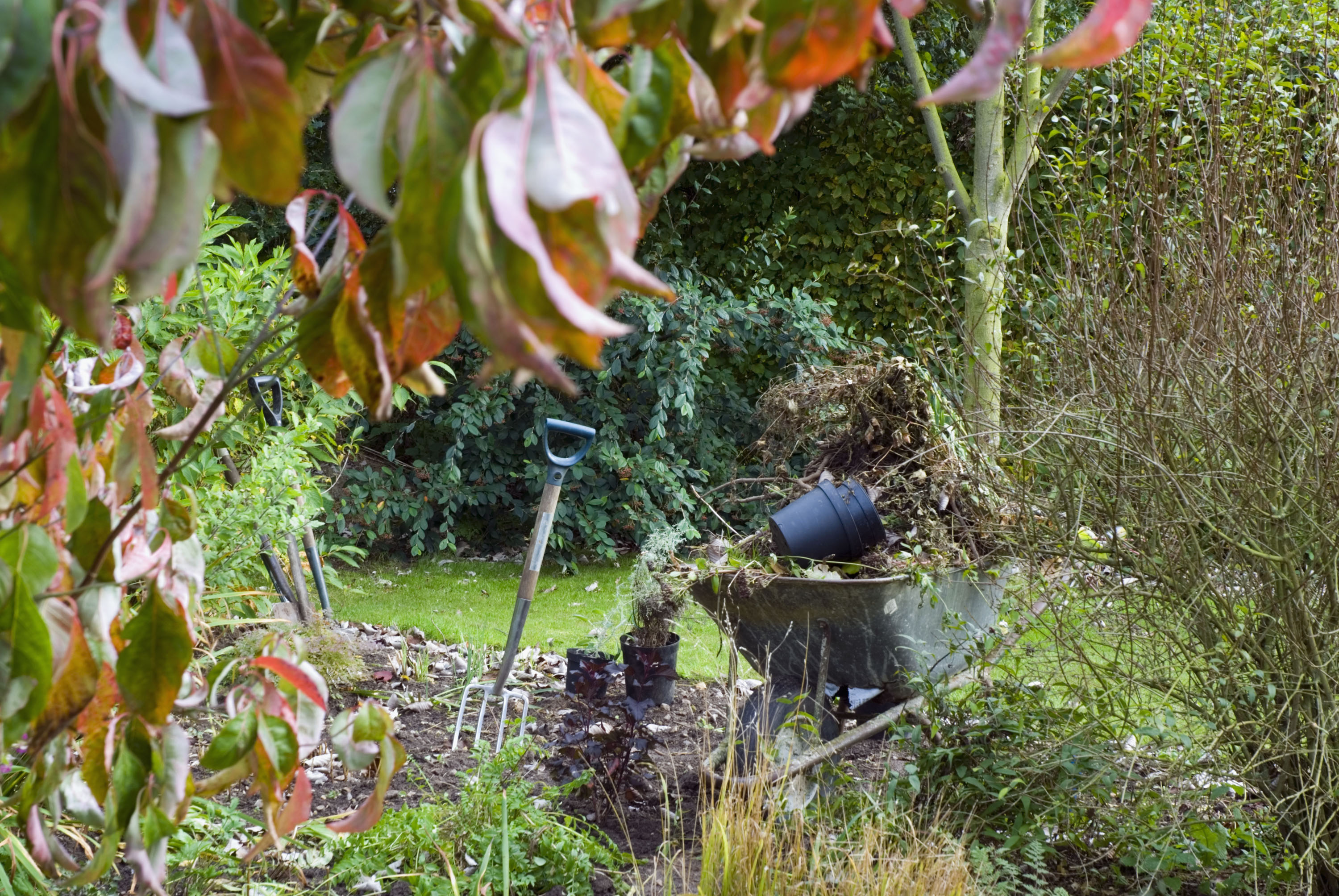
When it comes to shifting trees around you need to check when a particular variety best likes to be moved
Step one: choose your preferred location
Before you dig the tree or shrub up, check whether it prefers a sunny or shady position, and any soil preferences, as well as how big it’s likely to grow so you can factor in how much space it will need.
Step 2: prepare the planting hole
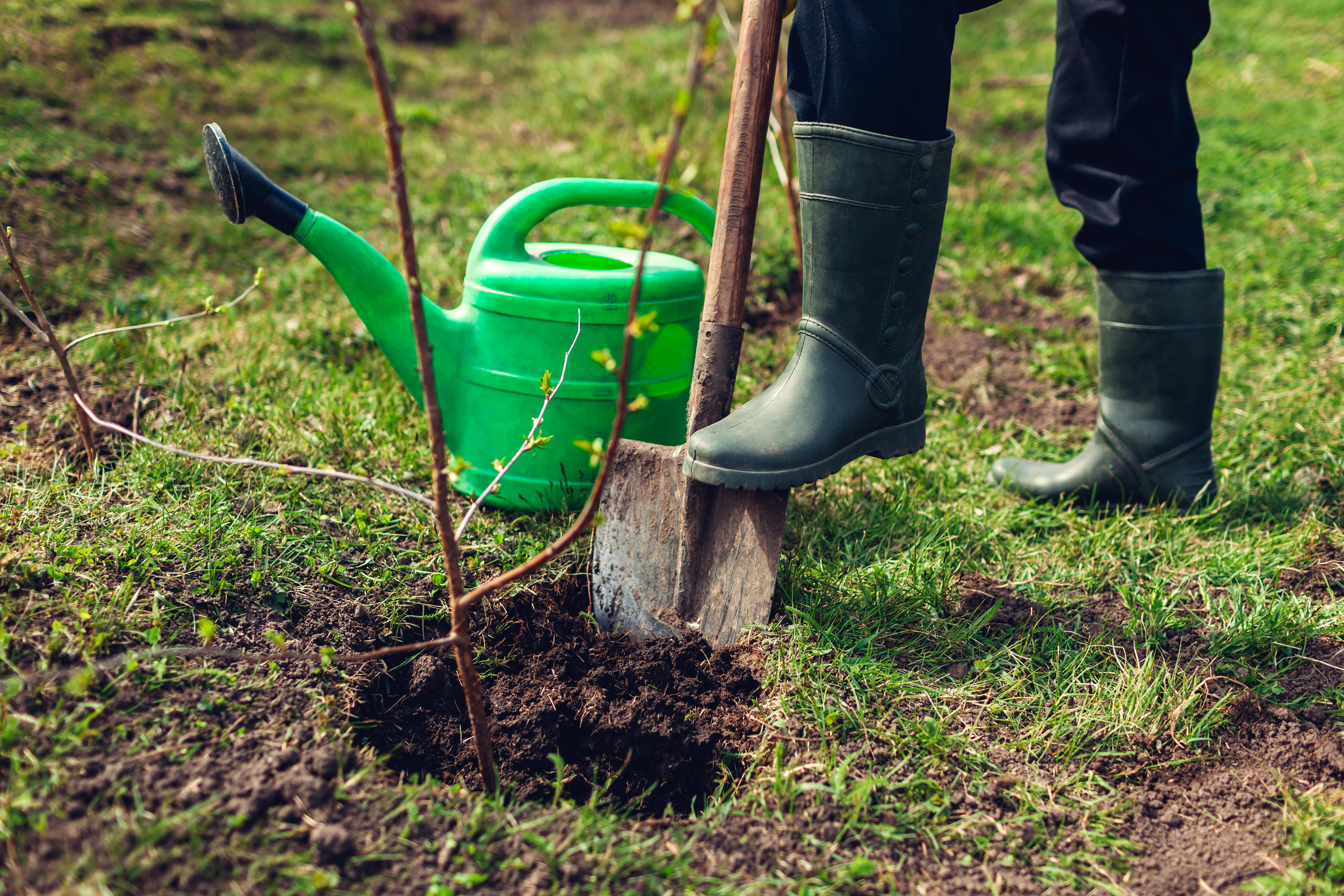
Plan the move before you start to get stuck in
Work out what size the new hole needs to be. Planting too deep will kill trees, and a shallow hole where the roots are exposed will stop it thriving.
Take into account the likely size of the root ball by sizing up your tree, as the width of the new hole should be twice the size of the root ball.
Dig your new hole before you dig up the tree or shrub, as you don’t want to stress it by leaving it with its roots exposed before replanting.
Get rid of any large stones or hardcore in the hole, then add a thick layer of well-rotted compost or manure so the tree roots get a good supply of nutrients.
Step 3: dig out the tree or shrub
To keep the roots intact you’ll need to avoid the main root ball. It’s fine to cut through some roots on large plants with a sharp spade or a set of the best secateurs if you need to free up sections. Root pruning should be restricted to the outer roots only though.
As the tree starts to work free you should be able to slip your spade under it and start to gently rock it out of its base. Start lifting the tree, making sure you don’t damage the roots and that they have plenty of soil around them.
Step 4: wrap up the roots
It’s important to wrap up the root ball as soon as possible. Layer a piece of thick plastic or tarpaulin nearby, then add a section of sacking on top.
Gently move the tree on to the sacking and wrap up the root ball, securing it with twine. Use the plastic or tarpaulin as a way of pulling the tree along the ground to its new home.
Step 5: move the tree or shrub to its new hole
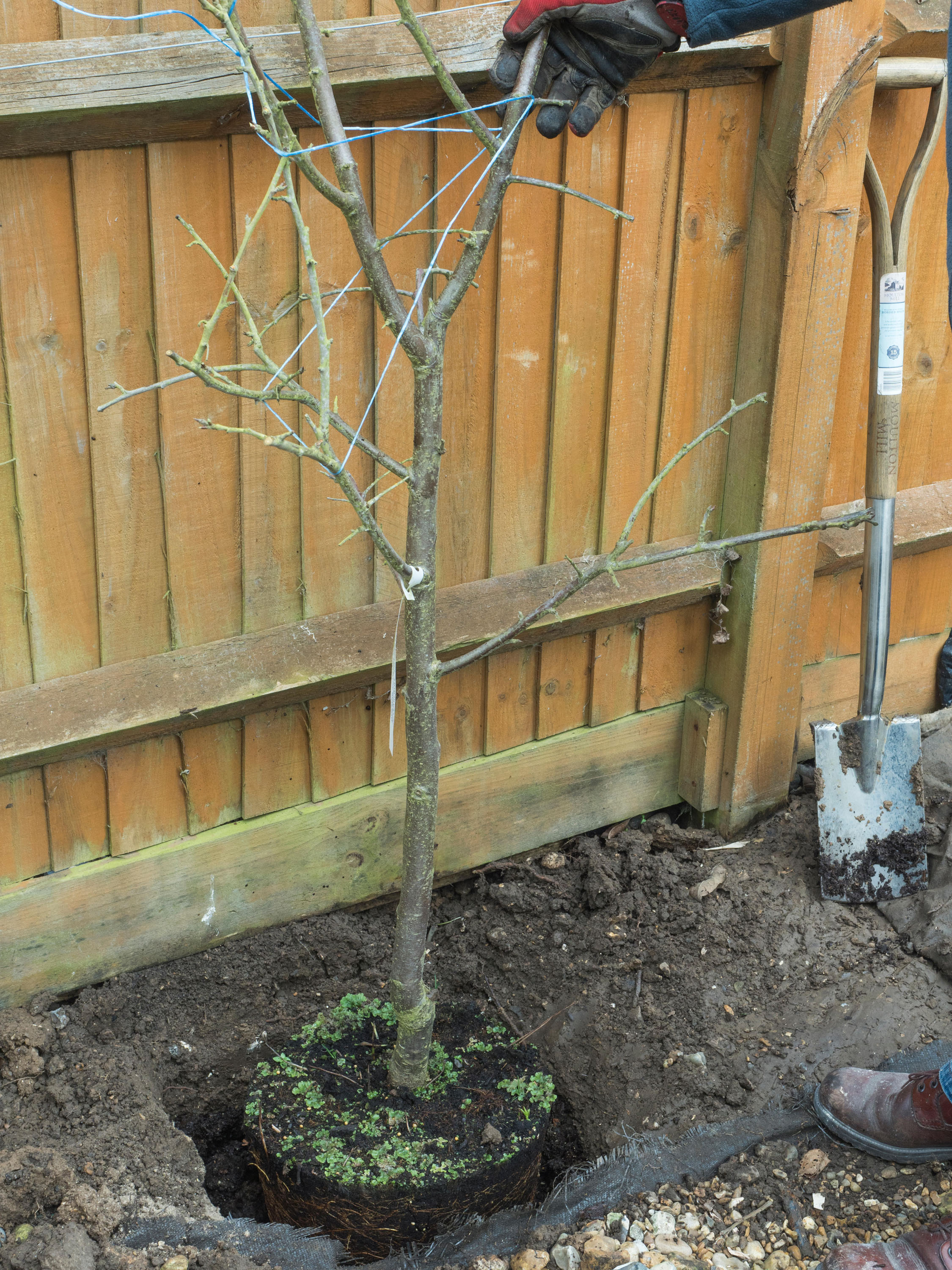
Carefully place the tree in its new hole, keeping it as upright as possible
Loosely tie in branches before lifting. Use the old soil mark on the trunk to gauge if you’ve got the depth of the planting hole right, then drag the tree to its new hole.
Gently slide it into the hole, and adjust so it's upright. The plant should be at the same level (or slightly higher) than it was in its old spot.
Step six: fill the hole with soil

Once the tree is in its new home, shovel the excavated soil back into the hole. Hold the tree straight and fill in around it with soil and well-rotted organic matter. Firmly tamp down the soil and water as you go.
Finally, press the soil with your feet round the base of the tree to compact it. Water in well.
Step 7: aftercare for your tree or shrub
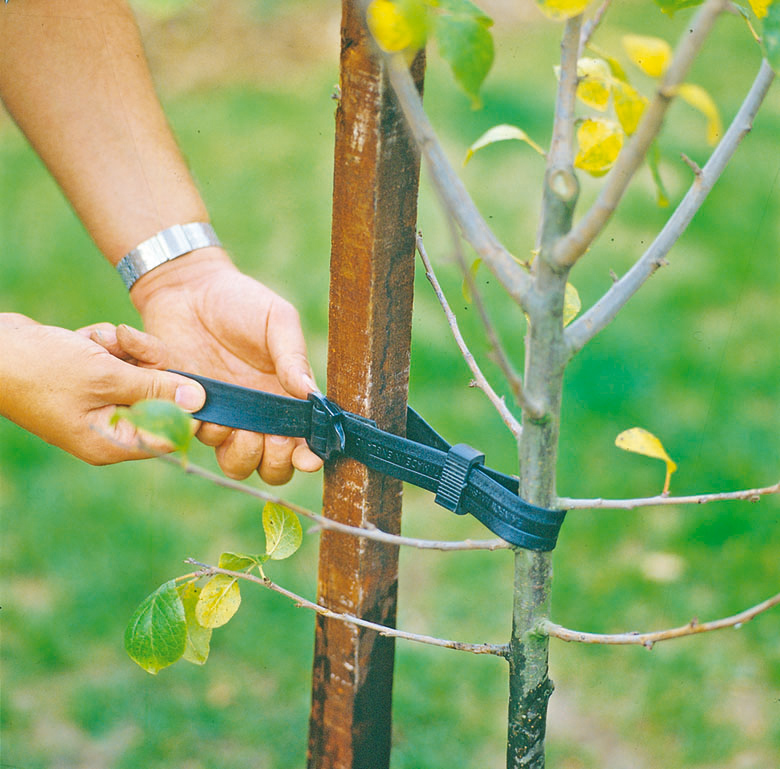
Secure your tree or shrub firmly to a stake in case of high winds
Don’t let the soil dry out while the tree gets established. Frequent watering is essential, especially during summer.
In addition, add a thick layer of mulch around the tree, making sure you keep the immediate area near the trunk clear. Apply a general fertiliser in spring when new growth begins to show.
It's also a good idea to add a supporting stake and tie your tree securely to it to prevent it rocking in the wind and being uprooted.

Lifestyle journalist Sarah Wilson has been writing about gardens since 2015. She's written for Gardeningetc.com, Livingetc, Homes & Gardens, Easy Gardens and Modern Gardens magazines. Having studied introductory garden and landscape design, she is currently putting the skills learned to good use in her own space where the dream is establishing a cutting garden.
